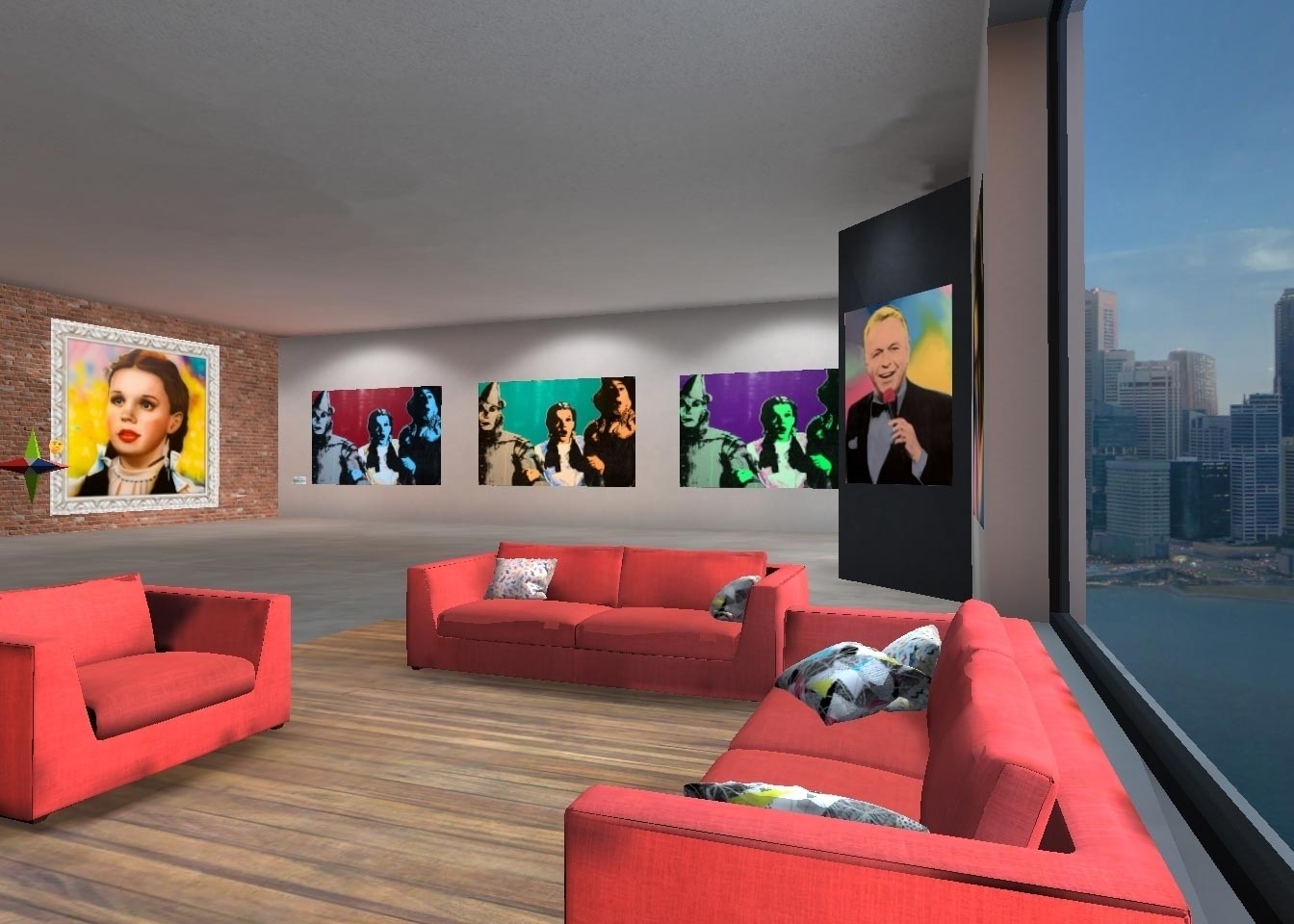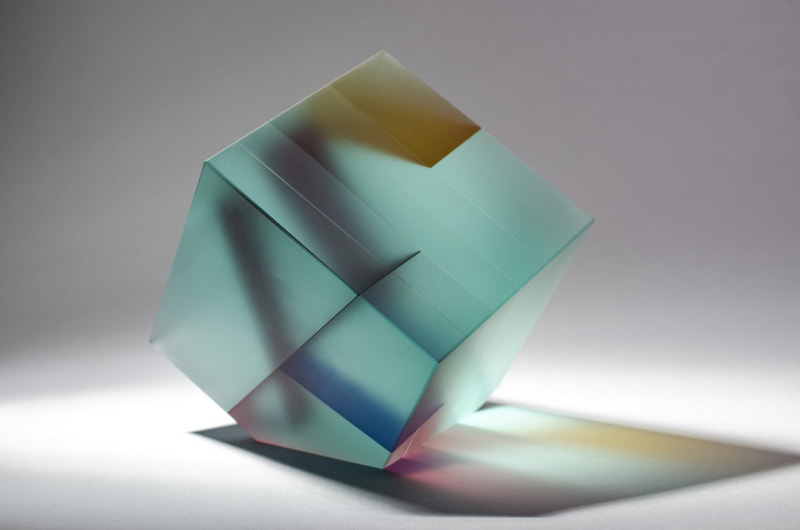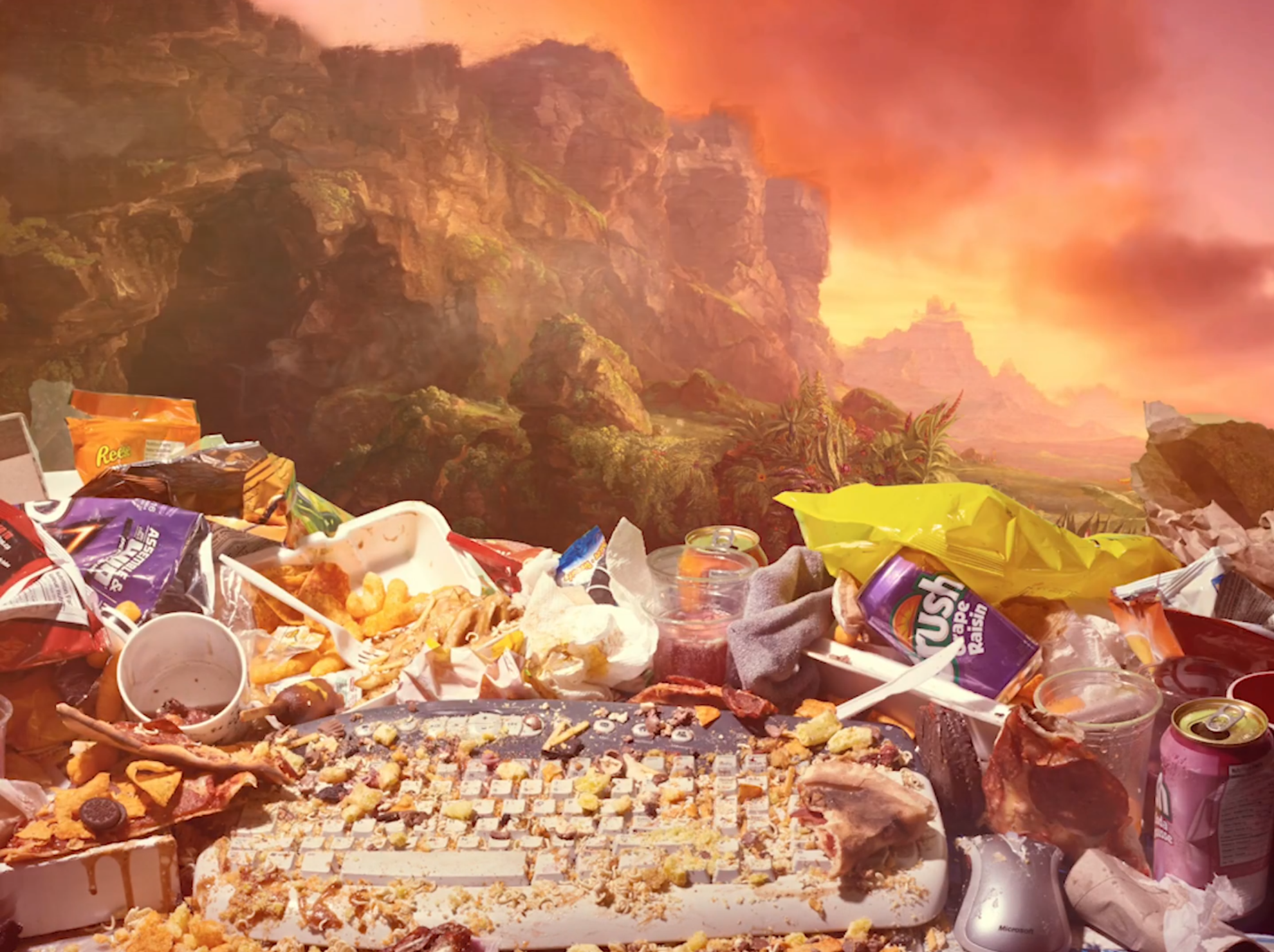I have folders full of digital art experiments (glitch art, collage, zines, drawings, 3D models, animations). When I learned about NFTs I was really keen to mint some and organize my first online art show. The idea of creating a virtual art gallery really captured my imagination. But the gas fees were outrageous or at least prohibitive of me making everything an NFT. So I carried on without minting anything and decided to follow a different path. What have I learned?
If you’ve decided to be an NFT collector or a crypto-artist what will you do with all your digital art? Will you stuff it in a computer folder or leave it to float undisturbed in the cloud?
Art is not meant to be hidden, it’s meant to be expressed. People need to see it, share it, talk about it. A work of art follows a journey from the artist to the gallery to the art collector and beyond. This history is just as important to the value of the art as the content. The story of an artwork is called its provenance.
People Buy Stories

As you can probably tell this is all about promoting your art and building your own story. Art shows and galleries play a significant role.
Beeple’s NFTs are famous because of their provenance. Beeple was already a famous digital artist with a huge following. He spent 13 years creating an NFT that sold for $69 million. It was the most expensive NFT ever sold. MetaKovan, the buyer, was a famous crypto investor who became even more famous as the collector. These elements of the story give the art its tremendous value.
As an artist or even as a collector of art you are now part of its story, part of the provenance. If you really want your art to increase in value you must share it, talk about it, build upon the story. Or else it will fade into obscurity along with your investment.
An Arts Community in Virtual Reality
AltspaceVR is a virtual reality platform with it’s own thriving social community. Artists, technologists, entrepreneurs, students, almost anyone can be found there from anywhere in the world. The platform hosts round-the-clock virtual events like concerts, symposiums, church services, raves, weddings, support groups, podcasts, parties, and even art gallery events (wink wink).
The Altspace platform was launched in May 2015. It grew from a community of early adopters to a diverse ecosystem of users, creators and “world builders”. Sadly, on July 28, 2017 Altspace announced it was closing down. The founders couldn’t keep it going. The service would end August 3, 2017 at 7pm PDT. There was a big final party with many sad avatars sharing virtual hugs.

Two weeks later they announced Altspace was back. The community was keeping it alive. There was an outpouring of resources and support keeping the platform going. And on October 3, 2017 they announced that Microsoft had acquired Altspace. Since then the space has continued to grow and expand.
The Perfect Confluence
Recently there’s been a massive influx of users into virtual reality thanks to the Oculus Quest 2. This VR headset falls right in the sweet spot between good performance and reasonable price. Previously VR headsets were hundreds if not thousands of dollars and required a cable connection to a high performance gaming PC as well as sensors placed around the room to track the motion of the headset. The Quest 2 is self-contained, can track its own position using built-in cameras, and comes with a pair of hand controllers all for less than the cost of a Playstation. And if the price continues to go down and the performance continues to increase, you can expect more and more users flooding into the metaverse.
But right now, technically speaking, you don’t need a VR headset to visit the virtual worlds in Altspace. You can use any Mac or PC to browse around like a video game. But if you can beg, borrow or legally acquire a headset – do it. The difference is like night and day.
Artists and NFTs Invade Altspace
Interest in NFTs has been booming in Altspace for the last year. Especially among artists and crypto enthusiasts. The number of events, auctions, gallery openings, conferences, and discussion groups have multiplied and affected virtually every user on the platform. People are realizing its potential for real benefits in the virtual world.

There are weekly “art walks” hosted by a group called NFT Oasis. From a zen-like gallery on a snowy mountain top to a futuristic cyberpunk city they take users on tours of various worlds and showcase new artists and their work. You may also get to talk to the artists personally even if they are living in England, Brazil, Korea or Podunk.
Several of the artists and collectors on Altspace have already built their own galleries. Fancy penthouse apartments, alien worlds, urban backdrops and more serve as environments for the perfect art show. AltspaceVR has also become the home of BRCVR (Black Rock City VR), An Official Virtual Burning Man Experience.

Bottom Row: VR Graffiti Train Yard by Goggle Eyes, The Void Gallery by Weyland, NFT Gallery by Blockchain UniVRse
Build Your Own Virtual Art Gallery in AltspaceVR
Users are able to build their own worlds for free in Altspace. People who build worlds are called world builders, and it’s easy to become one.
First, download the AltspaceVR software. The main site altvr.com has all the links and instructions for Mac, PC and Oculus (Android). Launch the application and create your own account. You can browse around as a guest but you won’t be able to customize your avatar (the character that represents you in the virtual world). Half the fun is customizing your avatar. Follow the startup instructions to learn basic navigation and functions.
Generally, people are helpful and courteous in Altspace. Try not to act like a jerk right off the bat, okay. These funny little puppets have feelings like real people – because they are real people.

Your Own Private World
Each world starts out as a blank universe. It would just look like a big empty space. Worlds are built from templates and kits. A template is like a prefabricated house. You choose the style of building you want and load it into the world and when you enter you have a big empty house ready to decorate. Kits are like shipping containers full of furniture and stuff for your house. Each kit has a different theme like city furniture or sci-fi props. Altspace comes with all sorts of kits ready-made.
Of course if you don’t like any of the standard templates or props you can design your own with a 3D modelling program like Blender. Or you can download them from sites like Sketchfab. AltspaceVR runs on the Unity game engine, just like a lot of other VR platforms. This means you can create your own custom worlds in Unity and import them into Altspace.
This level of skill is usually too much for most users but Altspace is full of helpful world builders willing to share their own templates and kits, or help instruct you. Some all-star world builders will even build a world to your specifications for a fee.
Altspace doesn’t have the ability to buy or sell NFTs within the platform. Well, not currently. Some users are programming their own solutions. Generally users mint their NFTs on market sites like OpenSea or hic et nunc and post the links in their virtual galleries. So if you want to make sales, set up your NFTs on a market site and make it easy for people to find them. Make your own website or a Linktree and keep the links simple.

NFTs Possible In Your Virtual Art Gallery
I’ve spent the last few months learning Blender and Unity and building my own virtual art gallery. I have to tell you having a gallery in VR is like having a gallery in the real world. Your art has so much more impact when it’s 20 feet tall. Your 3D models can become imposing sculptures that you can walk around and into. And there is a steady stream of potential patrons looking for guided tours. It’s a chance to perfect your spiel.
There are other sites that will put your works into a virtual NFT gallery. I have to say I find surfing a gallery through a browser a lonely, static experience. It’s just me walking alone in a gallery trying to get a good view of the art. But putting on my goggles and stepping into a virtual gallery with a group of friends has a real visceral impact.
I still haven’t minted any NFTs. I will when I’m ready. Right now building the presentation is more important. Viewing art on a market site is nothing like having an art happening at your gallery with 50 or so other people. The shared experience touches you and those around you. These little puppets appear life-size to you in VR and they share their excitement and enthusiasm for art and life. This is what builds provenance. It’s so much better than looking at a jpeg on a phone.
Featured image credit: Fine Art Pop! Gallery by Russ@FineArtPop on AltspaceVR






Nice article, Darryl! Good advice that the story sells the art. Will work on it.
Great article. I just have a quick question, would you roughly know how much it costs to set up a virtual art gallery that enables selling/eshop?
Miss all the wonderful art galleries in Alspacevr three of mine included
What a loss………
Marsha K